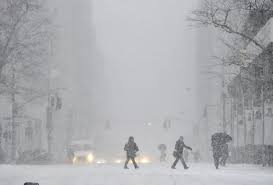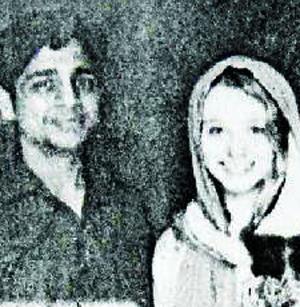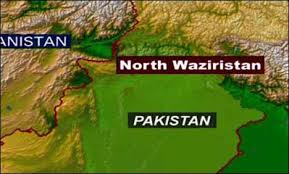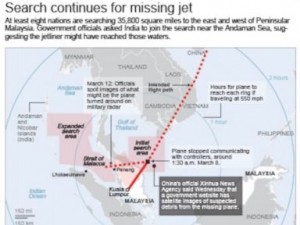
(Credit: abc.com)
The international search operation for the missing Malaysia Airlines flight MH370 is likely widen into the Indian Ocean, as authorities moved to debunk a string of theories and apparent leads about the fate of the airliner, six days after it vanished.
With US warships already deployed in the Strait of Malacca, west of the Malay peninsula, the White House said that the search could move into the Indian Ocean after new “possible pieces of information”.
According to a report on the ABC network, a Pentagon official said there was an “indication” that the plane might have crashed into the Indian Ocean. A White House spokesman said the information was not conclusive, adding: “We are consulting with international partners about the appropriate assets to deploy.”
A US official quoted by the Associated Press said the plane was sending signals to a satellite for four hours after the aircraft went missing, an indication that it was still flying. The jet had enough fuel to reach deep into the Indian Ocean.
Earlier, Malaysian authorities said reports that more data had been transmitted automatically by the plane after it went missing were inaccurate, adding that the last information received from its engines indicated everything was operating normally.
A report in the Wall Street Journal had claimed US investigators believed the plane had flown for five hours, based on data allegedly transmitted to Rolls-Royce, the British engine manufacturers. The Journal later corrected its report, saying the information from the US was based upon an analysis of signals sent through the plane’s satellite-communication link, designed to automatically transmit the status of onboard systems.
A reporter from China waits by her camera at Kuala Lumpur International airport. Photograph: Damir Sagolj/Reuters
Malaysia Airlines’ chief executive, Ahmad Jauhari Yahyain, told reporters: “We have contacted both the possible sources of data – Rolls-Royce and Boeing – and both have said they did not receive data beyond 1.07am. The last transmission at 1.07am stated that everything was operating normally.”
Malaysia Airlines has confirmed its planes use a system that automatically monitors the engines and transmits updates on their performance, altitude and speed. They said one engine maintenance update was received during the flight. Neither Boeing nor Rolls-Royce would comment, citing international conventions on air accident investigations.
Boeing did state that an airworthiness directive about possible fuselage cracks issued by US authorities in November regarding 777s, which had been linked in some theories to flight MH370, did not apply as the missing plane did not have the specific antenna installed.
The aircraft, with 239 people on board, disappeared from civilian radar at 1.30am as it crossed the Gulf of Thailand from Malaysia. Malaysian authorities have also stated that the plane was again caught on radar at 2.30am (later denied), and on military radar at 2.15am near the Malacca strait, indicating that it had turned back from its flight path to Beijing.
A man writes a message for passengers of Malaysia Airlines flight MH370 on a banner at Kuala Lumpur International airport. Photograph: Mak Remissa/EPA
Officials are still trying to verify whether the radar blip at 2.30am was actually MH370, Malaysia’s defence and acting transport minister Hishammuddin Hussein reiterated on Thursday, and he refused to answer whether that blip had also dropped off the military radar.
“This is too-sensitive information,” Hussein told reporters. He added that Malaysia was in a “crisis situation” and was doing all it could to find the missing airliner. “There is no real precedent for a situation like this. The plane vanished,” he said.
Malaysian and Vietnamese search teams spent the day scouring waters off Vietnam’s southern tip looking for debris photographed by Chinese satellites. Nothing was found and the Malaysian transport minister said China had said the pictures were released online by accident.
A Vietnamese military official looking out of an air force plane during the search for Malaysia Airlines flight MH370. Photograph: Luong Thai Linh/EPA
The Chinese premier, Li Keqiang, reiterated that families and friends of more than 150 Chinese passengers on board the missing jet were “burning with anxiety”. He added that the Chinese government had asked Malaysian authorities to co-ordinate their activities and establish the cause of the disappearance.
With trust running low, the state broadcaster CCTV reported on Twitter that families had asked the Malaysian envoy whether the air force had shot down the plane – a suggestion Malaysia denied.
Relatives have also lashed out at Chinese officials for not doing enough to help. “I really want to see President Xi [Jinping] – I don’t know right now what could possibly be more important than the lives of these 200 people,” one young woman, who gave her family name as Wen, told Reuters as she fought back tears.
“I also want to ask Mrs Xi, if your husband, President Xi, was on the plane, just imagine, if it was you, how would your parents feel? My husband was on the plane. Every day my children are asking me about their dad. What am I supposed to do?”
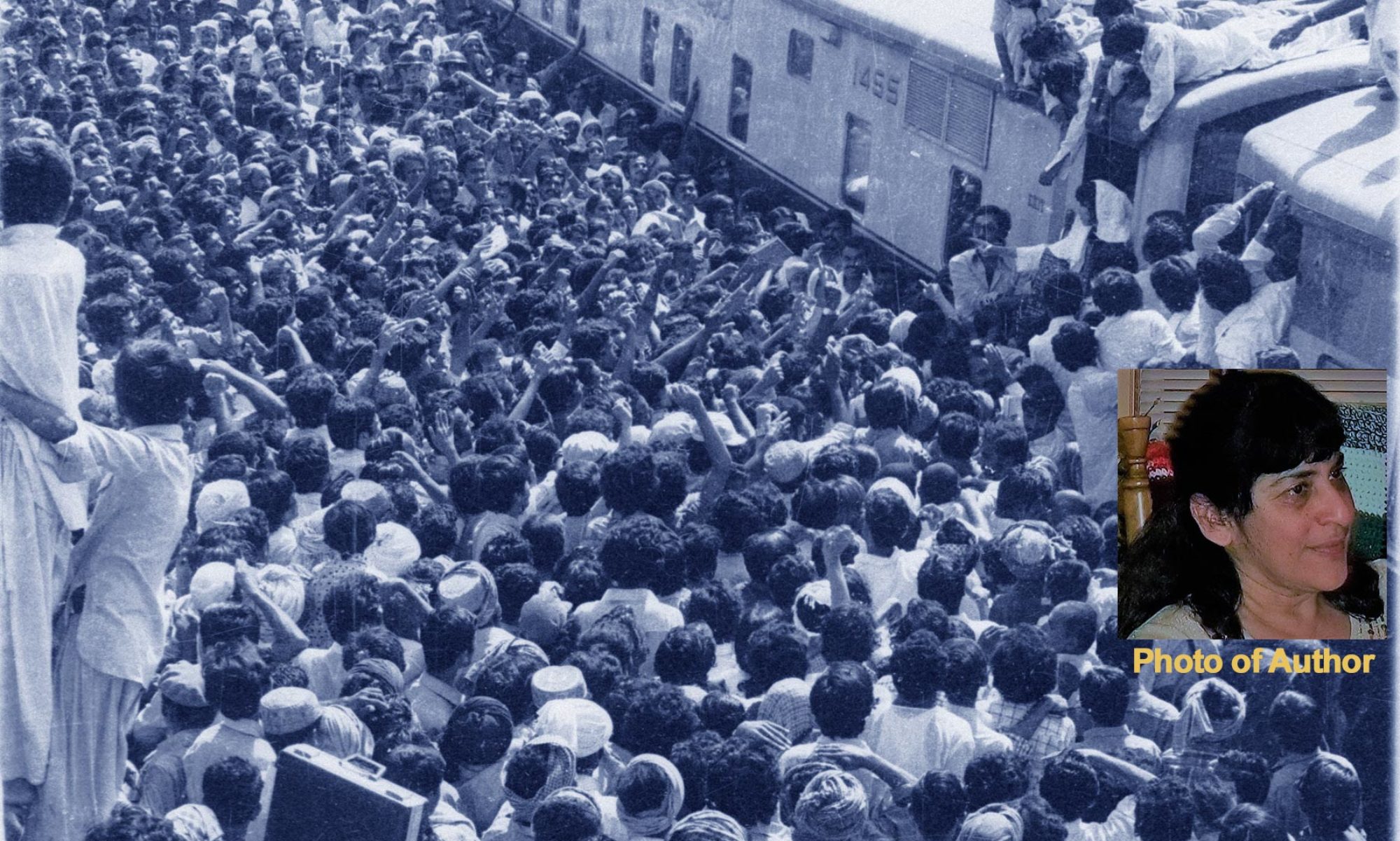


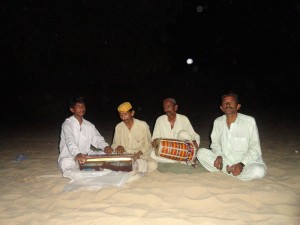 REPORTS in the media during the past few days about a virtual famine in Tharparkar, about a sharp increase in deaths, especially of children due to malnutrition or negligence, and about desperate outward migration of residents have caused justified widespread concern and prompted governmental, judicial, civil and military responses.
REPORTS in the media during the past few days about a virtual famine in Tharparkar, about a sharp increase in deaths, especially of children due to malnutrition or negligence, and about desperate outward migration of residents have caused justified widespread concern and prompted governmental, judicial, civil and military responses.